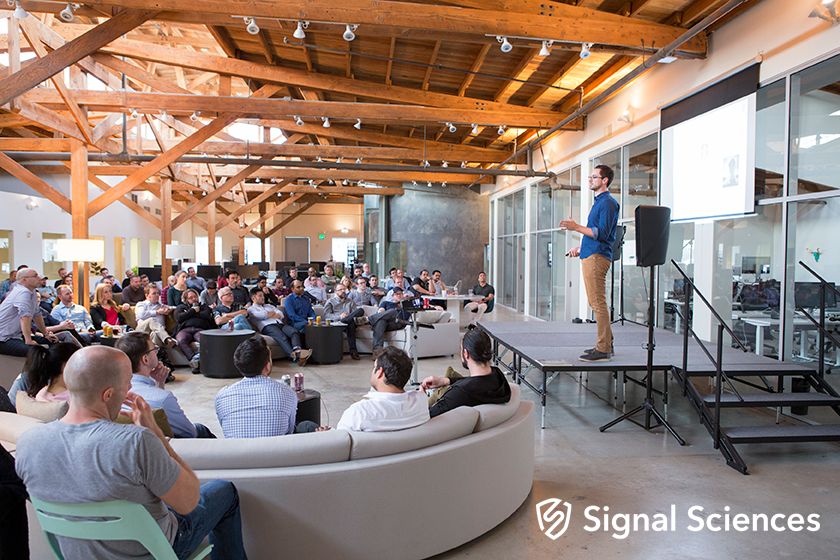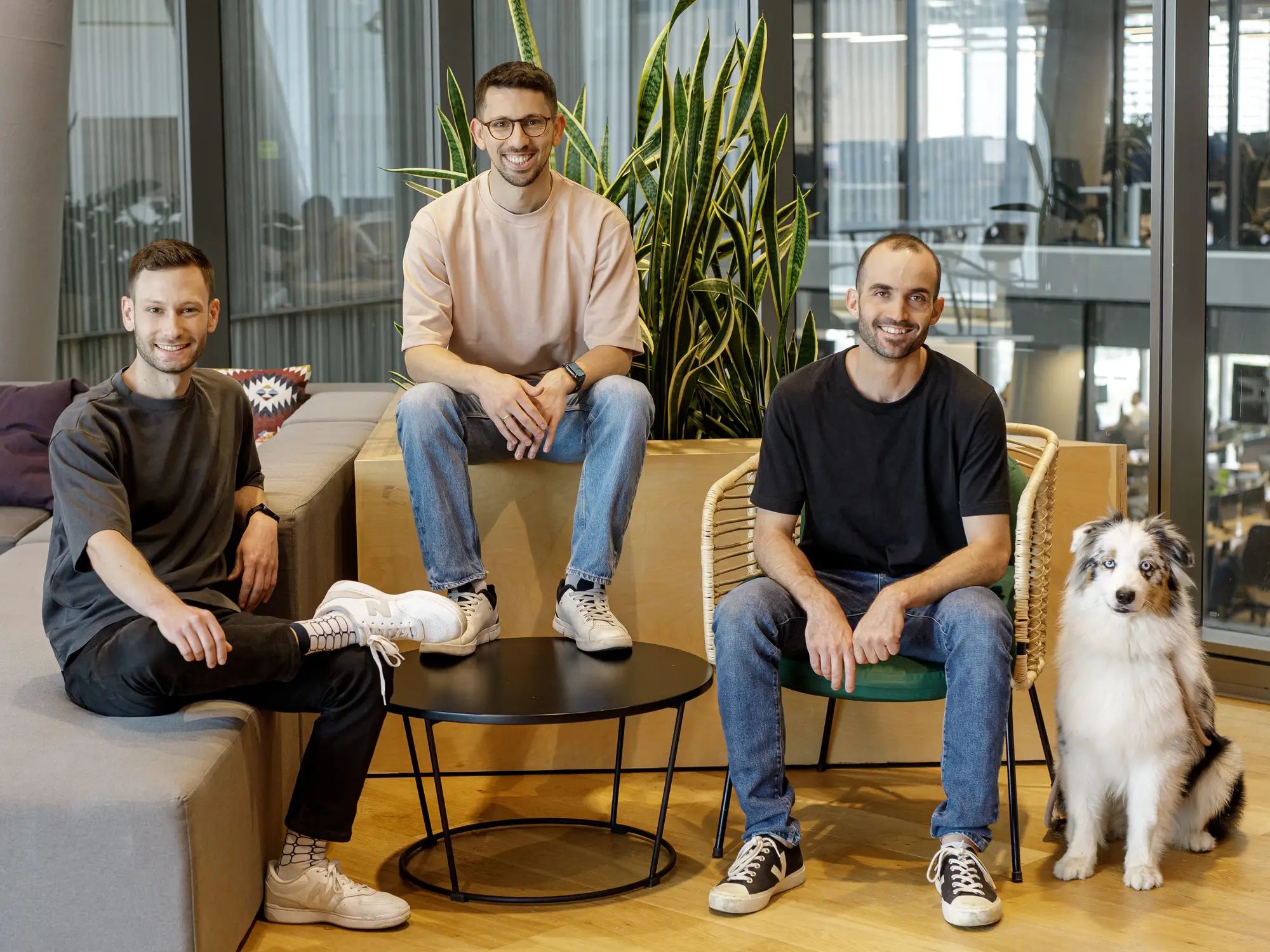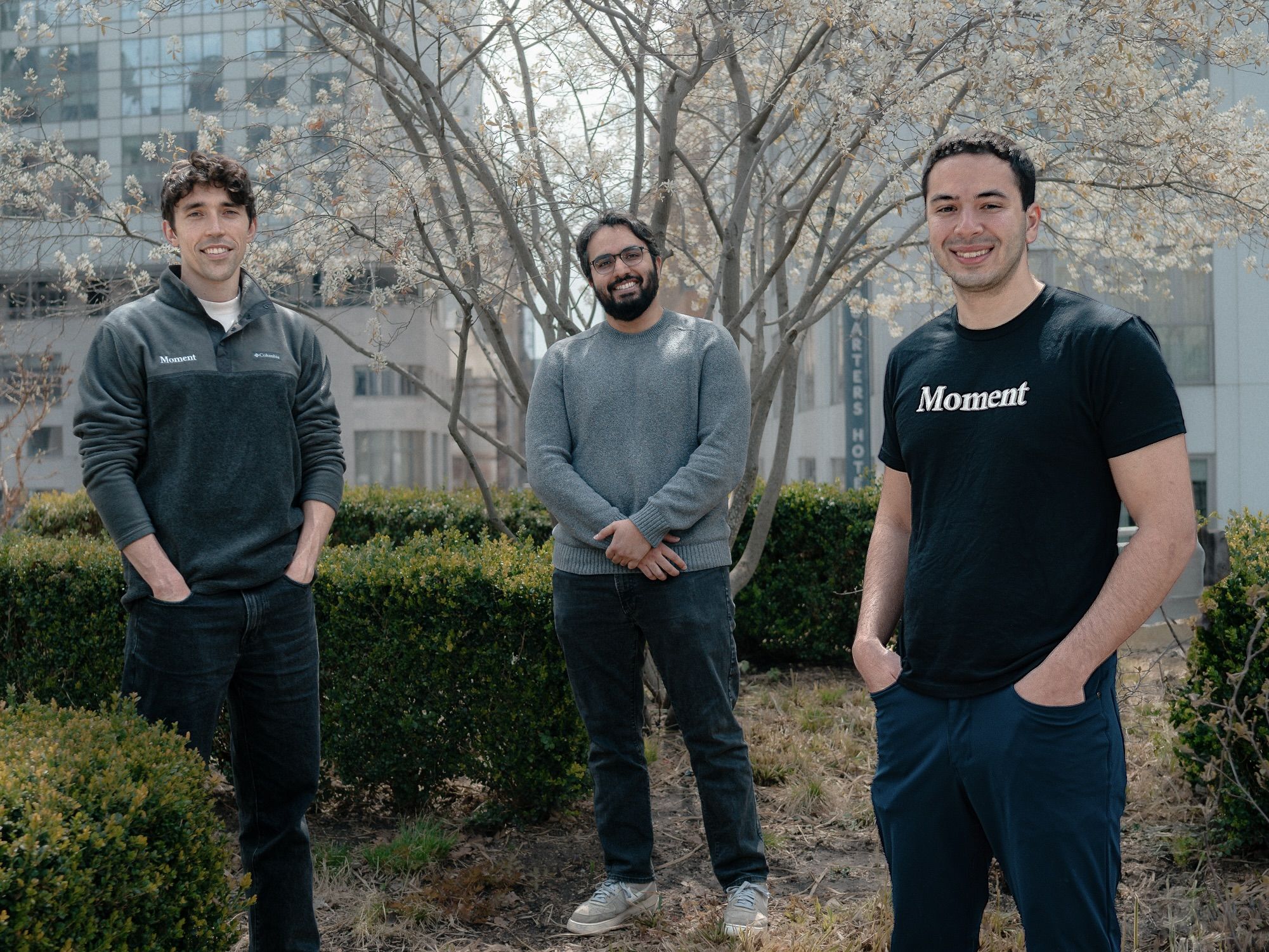Signal Sciences Raises $35M to Accelerate Wide-Scale Market Expansion and Technology Innovation

The new funding will fuel continued explosive growth in $7 Billion Web Application Security market.
Signal Sciences, the fastest growing web application security company in the world, today announced that it has raised $35 million in Series C funding to continue its explosive growth and disruption of the web application firewall (WAF) market. The round is led by Lead Edge Capital, with participation from existing investors Index Ventures, CRV, Harrison Metal and OATV. Additionally, Lorrie Norrington, an Operating Partner at Lead Edge Capital and the former President of eBay and former Lead Board Director of Duo Security, has joined Signal Sciences’ Board of Directors. With this investment, Signal Sciences will aggressively accelerate its market expansion and product innovation to meet explosive customer demand for its next-gen WAF and Runtime Application Self Protection (RASP) solutions.
Named a December 2018 Gartner Peer Insights Customers’ Choice for Web Application Firewalls (WAF), Signal Sciences provides the only next-gen WAF and RASP solution that enables digital transformation and enterprises to shift to cloud and DevOps. The company’s revolutionary solution provides the broadest coverage against real threats and attack scenarios as well as integrations into DevOps tools, such as Slack, JIRA, PagerDuty, and DataDog, among many others, that enable engineering and operations teams to share security responsibility.
“We believe our rapid customer growth and five-star Gartner reviews validate that we have, by far, the best WAF technology in a surging web app security market, and we're using our funding to continue to build on that lead,” said Andrew Peterson, CEO at Signal Sciences. “We’re doubling down on engineering innovation and partnerships to deliver maximum security value for our customers as well as expanding key areas of our business to drive continued growth. This will be a massive year for Signal Sciences.”
Web Application Attacks Leading Source of Successful Breaches
Enterprise security challenges have soared in the era of cloud and DevOps as companies struggle to address threats without sacrificing digital agility and competitiveness. Web application attacks continue to be the leading source of successful breaches, according to the 2018 Verizon Data Breach Investigations Report (DBIR), causing costly and sometimes devastating harm to businesses. However, vendors in the legacy WAF market have not innovated in years, providing complicated products that can't block attacks at scale without breaking production applications. Targeting a market ripe for disruption with the first truly next-gen WAF and RASP solution, Signal Sciences has tripled its customer count and revenue every year. The company now protects more than 10,000 applications and over a trillion web requests per month.
Market-Changing Application Security Technology
“It's impressive to see Signal Sciences transform the applications security market," said Lorrie Norrington, Operating Partner for Lead Edge Capital. “The skyrocketing numbers in the web app security market shows the urgent need for better protection in today's dynamic threat landscape, and Signal Sciences has set a new standard with automation and integrated technology that excels at digital speed and enterprise scale. This is what market-changing technology looks like, and it's providing the protection for business-critical apps that companies need today. We're thrilled at the opportunity Signal Sciences presents and are excited to see strong innovation in its next-gen product."
“Companies are prioritizing better ways to protect the applications that power their business,” said Scott Crawford, Research Director at 451 Research. “According to 451 Research’s Voice of the Enterprise Digital Pulse: Budgets and Outlook 2018 Study, security is one of top two areas of enterprise IT budget increase among enterprises, while application security is seeing the largest proportion of security budget increase year-over-year.”
“Signal Sciences in particular seeks to disrupt a market for operational application protection that is ripe for new approaches. Signal Sciences has demonstrated a distinctive approach that is responsive to changes in the marketplace, while showcasing an impressive roster of customers, and is well positioned to benefit from these trends,” added Crawford.
The patented Signal Sciences architecture provides security, operations and development teams with the visibility, security and scalability needed to protect against the full spectrum of threats their web applications now face. Breaking through the limitations of the legacy WAF approach, Signal Sciences is used in fully automated blocking mode by a stunning 95 percent of customers, including Under Armour, Adobe, Datadog, One Medical, WeWork and many others, eliminating the learning, tuning and complexity required from legacy WAF solutions.
Related Application Security Links:
● Blog: Three Ways Legacy WAFs Fail
About Signal Sciences
Signal Sciences is the fastest growing web application security company in the world. With its award-winning next-gen WAF and RASP solution, Signal Sciences protects over 10,000 applications and over a trillion production requests per month. Signal Sciences’ patented architecture provides organizations working in a modern development environment with comprehensive and scalable threat protection and security visibility. The company works with some of the world’s most recognizable companies, like Under Armour, Adobe and WeWork, across industries, including five of the top ecommerce companies, five of the largest software companies, in addition to many others in the financial services, retail, healthcare, media and entertainment, and government sectors. In 2018, Signal Sciences won Technology of the Year from InfoWorld and Computing's DevOps Excellence Award for Best DevOps Security Tool. For more information, visit Signal Sciences or follow @SignalSciences.
Published — Feb. 5, 2019

